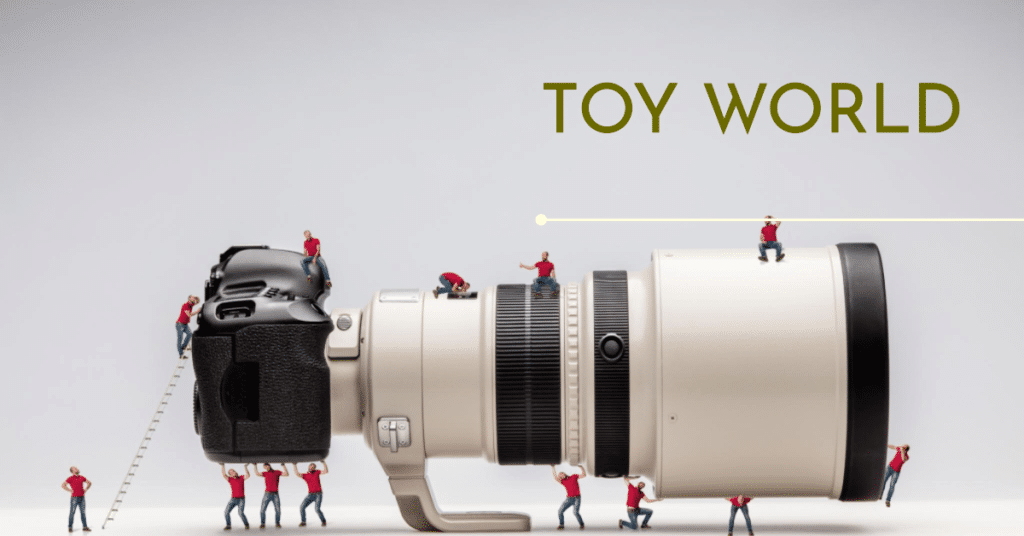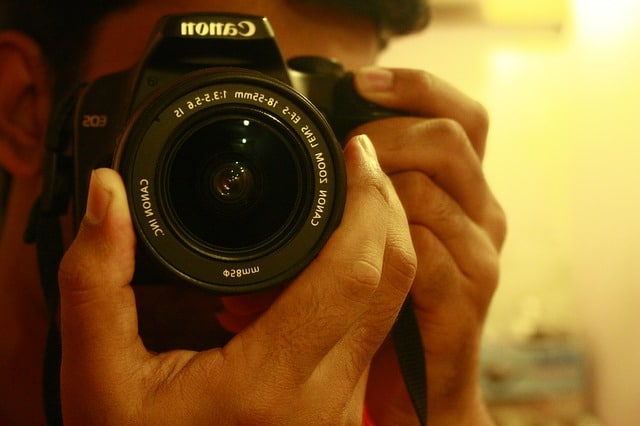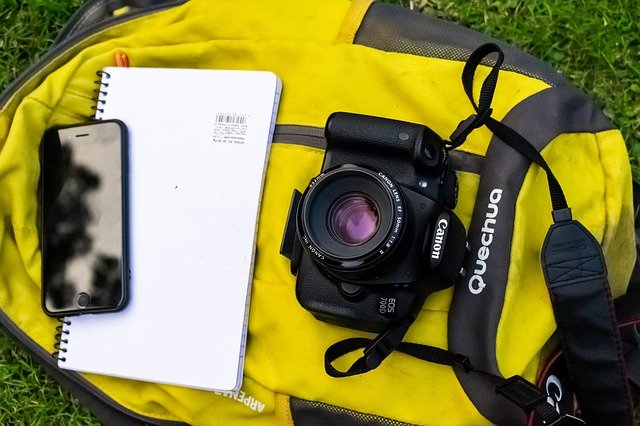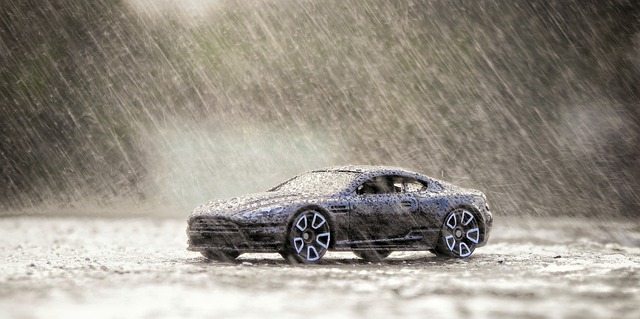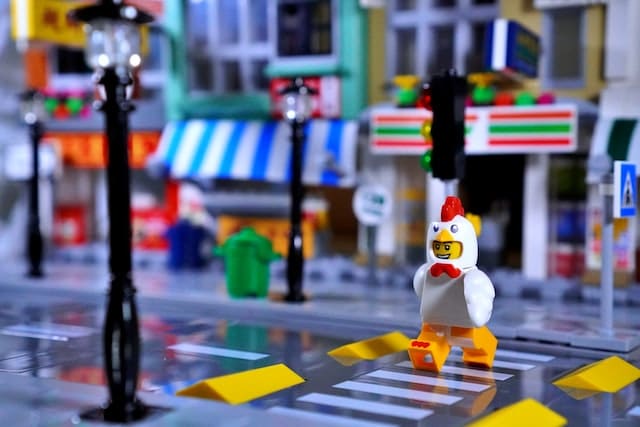Are you a toy photography enthusiast looking to take your photos to the next level? Editing techniques can be the key to creating stunning toy photos that capture the imagination and bring your toys to life. In this article, we will explore a range of editing techniques that can enhance your toy photos and make them truly stand out. From enhancing colors to creating depth and dimension, mastering realistic lighting effects, and adding special effects, we will cover it all.
These editing techniques will not only help you create vibrant and visually appealing images but also unleash your creativity and allow you to tell unique and compelling stories through your toy photography. So grab your camera, your favorite toys, and let’s dive into the world of editing techniques for stunning toy photos.
Enhancing Colors for Vibrant Images
Get ready to make your toy photos pop with vibrant colors that will truly wow your audience! Enhancing colors is a crucial editing technique that can transform a dull image into a visually stunning masterpiece. One way to achieve vibrant colors is by adjusting the saturation levels. Increase the saturation to make the colors more intense and vivid, but be careful not to overdo it as it can result in unrealistic and garish images.
Another technique is to play with the white balance. Adjusting the white balance can bring out warmer or cooler tones, adding depth and dimension to your toy photos. Lastly, don’t forget about the power of selective color adjustments. By targeting specific areas or objects in your photo, you can make them stand out and create a captivating visual impact. With these editing techniques, your toy photos will come to life with vibrant and eye-catching colors.
Creating Depth and Dimension in Toy Photography
Transforming your toy photography into captivating scenes involves adding depth and dimension to bring your subjects to life. One technique to achieve this is by using a shallow depth of field. By adjusting your camera settings to have a wide aperture, you can blur the background and create a sense of distance between the main subject and the surroundings. This technique draws attention to the toy itself, making it appear more three-dimensional and realistic.
Another way to create depth is by using leading lines. Incorporating elements such as roads, fences, or even the horizon can guide the viewer’s eye into the image, giving a sense of depth and perspective. Lastly, you can also experiment with different angles and perspectives to add depth to your toy photography. By shooting from a low angle, for example, you can make the toy appear larger and more imposing, enhancing the overall sense of depth in the image.
Mastering Realistic Lighting Effects
Achieving realistic lighting effects is crucial in creating captivating and immersive toy photography, as it adds depth and brings the scene to life. By mastering lighting techniques, photographers can create stunning effects that enhance the toy’s features and create a sense of realism. One technique to achieve realistic lighting is using natural light sources such as sunlight or window light. This can create soft shadows and highlights that mimic real-life conditions.
Another technique is using artificial lighting, such as a small LED light or a flashlight, to create dramatic and dynamic effects. By experimenting with different light angles and intensities, photographers can create interesting shadows and highlights that add depth and dimension to the toy. Additionally, using colored gels can create unique and dramatic lighting effects, adding a touch of creativity to the image. Mastering realistic lighting effects is an essential skill for toy photographers to create visually stunning and captivating images.
Adding Special Effects to Toy Photos
To truly elevate your toy photography, you can enhance the visual impact by incorporating special effects into your images. Adding special effects can take your toy photos to a whole new level, making them more dynamic, exciting, and visually stunning. There are several editing techniques you can use to achieve these effects. One popular technique is creating a sense of motion by adding motion blur or speed lines to the image. This can make the toys appear as if they are in the midst of action or movement.
Another technique is adding particle effects, such as rain or snow, to create a more immersive and atmospheric scene. Additionally, you can experiment with different light effects, like lens flares or bokeh, to add a touch of magic and whimsy to your toy photos. By incorporating special effects into your toy photography, you can create captivating and eye-catching images that will leave viewers in awe.
Unleashing Your Creativity Through Editing Techniques
Let your creativity soar by exploring various ways to enhance your toy images through editing. Editing techniques offer endless possibilities to transform your toy photos into stunning works of art. One technique you can try is using color grading to create a specific mood or atmosphere. Adjusting the colors can evoke different emotions and add depth to your images.
Another technique is adding textures or overlays to give your toy photos a unique and whimsical touch. By overlaying patterns or textures, you can enhance the details and make your toys come to life. Additionally, experimenting with different filters and presets can help you achieve the desired look and style for your toy photos. Don’t be afraid to think outside the box and unleash your creativity through editing techniques.
Frequently Asked Questions
What camera settings should I use to capture toy photos?
To capture stunning toy photos, adjust your camera settings for optimal results. Consider using a low ISO to reduce noise, a wide aperture to create a shallow depth of field and a fast shutter speed to freeze any movement.
How do I choose the right toys for my photography projects?
To choose the right toys for your photography projects, consider the theme and mood you want to convey. Look for toys that complement the overall vision and evoke the desired emotions in your audience.
Are there any specific editing software recommendations for toy photography?
There are several editing software options available for toy photography, such as Adobe Lightroom, Photoshop, and Capture One. These programs offer a wide range of tools and features to enhance and edit your toy photos.
How can I make my toy photos stand out on social media platforms?
To make your toy photos stand out on social media platforms, focus on composition, lighting, and storytelling. Experiment with different angles and perspectives, use natural light or creative lighting techniques and create narratives that engage viewers.
Can you provide tips on how to maintain the originality and uniqueness of toy photos while editing them?
To maintain the originality and uniqueness of toy photos while editing, focus on enhancing the colors and details without altering the essence of the subject. Avoid over-editing and use subtle adjustments to bring out the best in your toy photos.
Conclusion
In conclusion, mastering editing techniques is essential for creating stunning toy photos. By enhancing colors, creating depth and dimension, mastering realistic lighting effects, and adding special effects, photographers can bring their toy photos to life. These editing techniques not only enhance the visual appeal of the images but also allow photographers to unleash their creativity and tell unique stories through their toy photography. So, grab your camera, toys, and editing software, and start creating your own breathtaking toy photos today.

